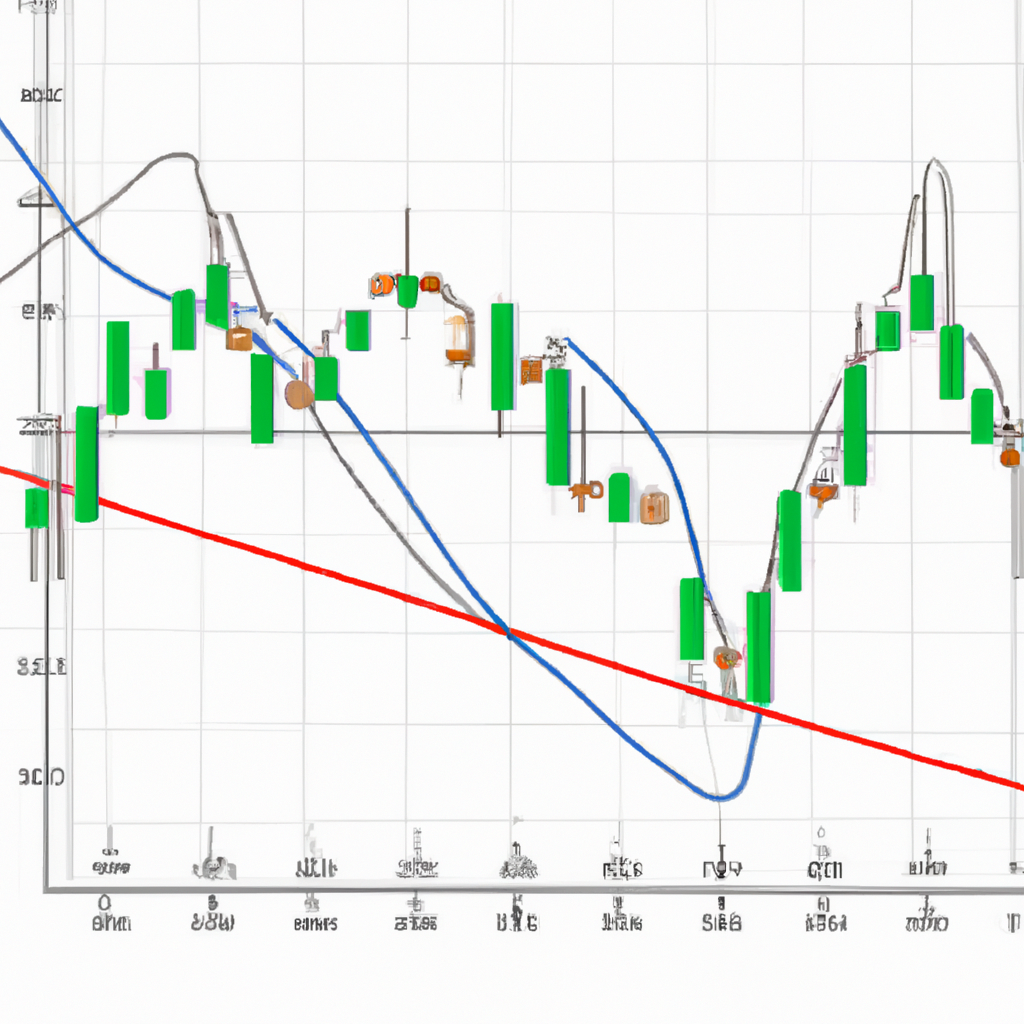Moving Averages Analysis: A Powerful Tool for Technical Traders
Introduction
When it comes to analyzing financial markets, technical analysis plays a crucial role in helping traders make informed decisions. One of the most popular and widely used tools in technical analysis is moving averages. In this article, we will explore the concept of moving averages analysis and how it can be used to identify trends, generate trading signals, and manage risk.
What are Moving Averages?
Moving averages are statistical calculations that are used to analyze data points over a specific period of time. They help smoothen out price fluctuations and provide a clearer picture of the underlying trend. By plotting moving averages on a chart, traders can identify potential support and resistance levels, trend reversals, and market sentiment.
Types of Moving Averages
There are several types of moving averages, but the two most commonly used ones are:
Simple Moving Average (SMA)
The Simple Moving Average is calculated by adding up the closing prices of a security over a specific period of time and dividing it by the number of periods. For example, a 50-day SMA would sum up the closing prices of the last 50 days and divide it by 50. This moving average is easy to calculate and provides a smooth representation of the overall trend.
Exponential Moving Average (EMA)
The Exponential Moving Average gives more weight to recent data points, making it more responsive to price changes. Unlike the SMA, which assigns equal weightage to all data points, the EMA assigns higher weightage to the most recent prices. This makes the EMA more suitable for short-term analysis.
Using Moving Averages for Analysis
Moving averages can be used in various ways to analyze financial markets:
Trend Identification
One of the primary uses of moving averages is to identify trends. By plotting a moving average on a price chart, traders can determine whether the market is in an uptrend, downtrend, or range-bound. If the price is consistently trading above the moving average, it indicates an uptrend, while trading below the moving average suggests a downtrend.
Support and Resistance Levels
Moving averages also act as dynamic support and resistance levels. In an uptrend, the moving average can provide support, and in a downtrend, it can act as resistance. Traders often look for price bounces or breakouts at these levels to confirm their trading decisions.
Crossovers and Trading Signals
Another popular strategy is to use moving average crossovers to generate trading signals. When a shorter-term moving average crosses above a longer-term moving average, it is considered a bullish signal. Conversely, when the shorter-term moving average crosses below the longer-term moving average, it is seen as a bearish signal. Traders can use these crossovers to enter or exit positions.
Managing Risk with Moving Averages
Moving averages can also help traders manage risk by setting stop-loss orders. By placing a stop-loss order below the moving average in an uptrend or above it in a downtrend, traders can limit their potential losses if the market moves against them.
Conclusion
Moving averages analysis is a powerful tool that provides valuable insights into market trends, support and resistance levels, and trading signals. By incorporating moving averages into their technical analysis toolkit, traders can enhance their decision-making process and increase their chances of success in the financial markets.
